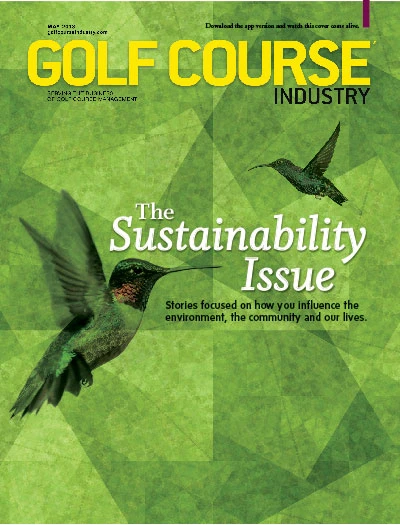 Pat Jones Pat JonesEditorial Director and Publisher |
As I write this, I have been tobacco-free for about two months. Yay. This is the first time I’ve ever seriously attempted to quit after 30 years of furiously sucking down a pack (or two) a day, every day. I’m afraid I’m now addicted to nicotine replacements like the gum and inhalers, but I’ll get off those soon enough. I honestly believe I won’t ever smoke another cigarette again. The fact is that I’m tired of the stink, the obvious health risk, the expense and the indignity of being shoved outside into the smoker leper’s colony all just to feed this ludicrous addiction. But mainly I’m fed up with being a hypocrite and telling my sons and others I love that they shouldn’t smoke. For once, I’m practicing what I preach and trying to be a halfway decent example. This event is not nearly as life-changing as getting sober three-and-a-half years ago, but it’s actually been harder to quit cigarettes than it was booze. With alcohol, I sort of had an epiphany and simply didn’t need to drink anymore. It was a friggin’ miracle, to be honest. Conversely, smoking is a nasty beast of an addiction. The constant craving for nicotine gnaws at you like a little demon slowly clawing his way out of your body. But, the habit – the physical act of lighting up, inhaling, waving the burning tube around and finally crushing it out underfoot – is the hardest thing to shake. This enormously self-destructive and stupid habit had simply become part of me. The idea of giving it up was incomprehensible…until I did. Habits are, I think, mostly good. Wake up the same time, exercise the same time, go to work the same way, stop at the same Starbucks, etc., etc. Habits create predictability and generally allow you to streamline your day-to-day life. Being a creature of habit is largely a positive thing (except if your habits include Marlboros, cheap vodka, meth, farm animals, etc.). Superintendents are enormously habit-driven professionals. In my experience, you find routines and programs that work and you stick with them. You may tinker, you may adjust but you generally don’t try to fix what ain’t broken. That’s why I want to suggest that we, as an industry, develop a new habit: telling our environmental story every day. Repeat after me: Golf courses are living, breathing community assets. Greenspace is an invaluable part of every city. Courses provide habitat for wildlife. Turfgrass has the amazing ability to cleanse the air, filter pollutants from water and cool the atmosphere. We use water wisely and well. We are stewards of the land first and foremost. Golf sets an example others should follow. Not only should you make a habit of telling that story, but your employees can make it a habit, too. So should the golf professional, the general manager, the owner, the green chairman and any or all of your members/players who value the course for the gifts it gives them. Communicate with all of them via blogging, posting those simple GCSAA fact sheets on your bulletin boards, giving little talks to the whole staff and generally always having your “elevator speech” ready to go when you meet anyone who you can influence. You can make a habit of changing minds and attitudes about golf. You can make a habit of helping to transform the average person’s perception of golf from “Tiger Woods” and “guys in funny pants” and “manicured and artificial” to “a beautiful place where people exercise and enjoy an outdoor experience.” We, as an industry, have largely broken many bad habits like over-reliance on inputs, using water unwisely and assuming that resources are unlimited. Now our next challenge is to make sure that future generations view us for what we are: wonderful sustainable greenspaces. Make a habit of telling our story and we will overcome that challenge. |
Get curated news on YOUR industry.
Enter your email to receive our newsletters.
Explore the May 2013 Issue
Check out more from this issue and find your next story to read.
Latest from Golf Course Industry
- LOKSAND opens North American office
- Standard Golf announces new product lineup for 2025
- The Salt Pond taps Troon for management
- KemperSports selected to manage Swansea Country Club
- From the publisher’s pen: Grab that guide
- Introducing our April 2025 issue
- South Carolina leaders honor golf course superintendent
- One and only






